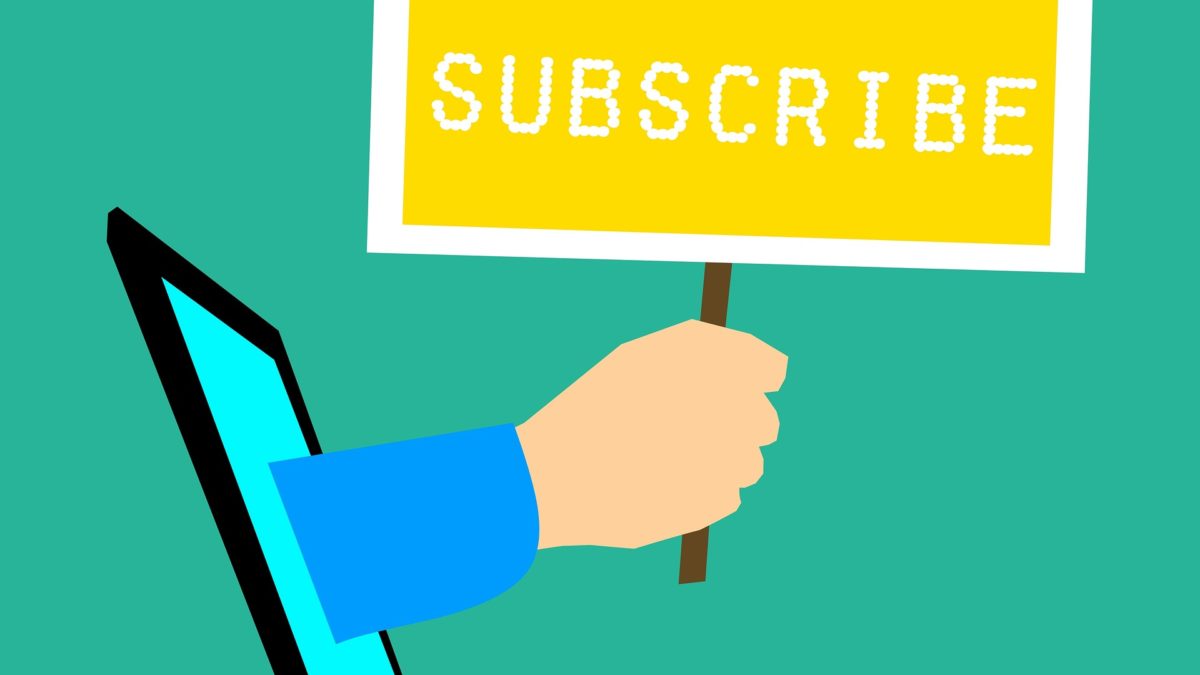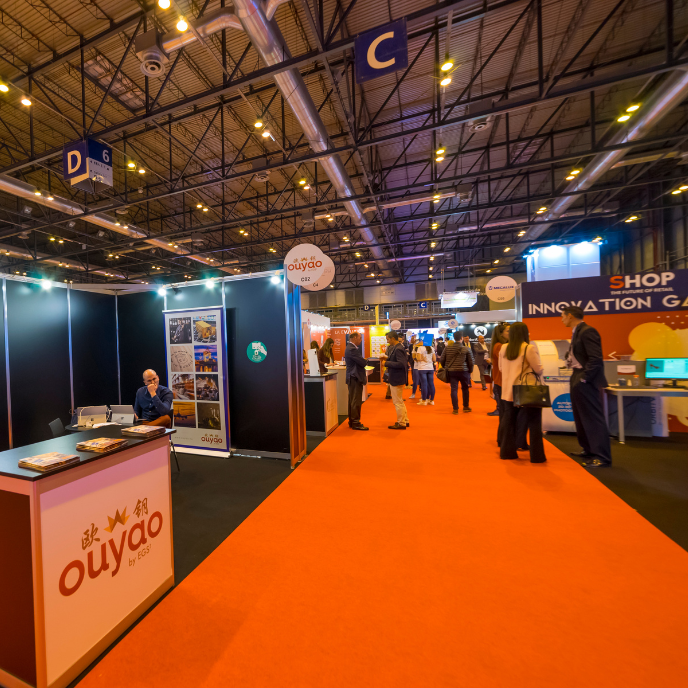The Subscription Evolution and What It Means for Your Brand

In 1985, Aldus, a small start-up in Seattle, began working on a software program to design and organize newspaper layouts. It was called PageMaker – and it led to Paul Brainerd, a former journalist and Aldus co-founder, to coin the term: “desktop publishing”.
Unfortunately, side effects of the desktop publishing craze included a flood of “publications that look as if they had been created by a drunken committee under a full moon,” a 1987 Times article read. “The ease of cutting, pasting and assembling a publication in no way guarantees the merit of the end product in either content or visual appeal.”
Today, subscription-based newsletters and services are proving increasingly valuable to companies looking to build strong direct relationships with their community of prospects, customers, partners and influencers – and reinforce their brand.
Pesky Pop-Ups.
Opt-in/subscribe-now experiences started out as annoying and intrusive – remember those pesky massive pop-ups that you could never quite get rid of? What was meant to help build your subscriber base actually hurt it, from the poor user experience and high bounce rates, forcing a pop-up evolution.
Soon, in-post calls-to-action (CTAs) emerged. A small ‘sign-up here’ box located somewhere on a content post, such as a blog, then expanded to pages – where opt-in bar pop-ups became common. Then splash pages emerged – a small pop-up box that overlays on the corner of a visitor’s screen when visiting a site for the first time. To mitigate annoying pop-ups, many websites shifted to a non-obtrusive, user-friendly subscribe/sign-up button or box located on the main navigation bar or footer of their website.
The Newsletter
“Opting in” to receive updates, offers, sales, ads, news, products – and newsletters – keeps subscribers up-to-date and connected with your company and community. One of the most common opt-in subscriptions used by companies to attract and engage new customers is the newsletter.
The newsletter dates back to the 18th Century, when Benjamin Franklin used one to promote his business. It offered weather information, recipes and general advice. The trend exploded in the 20th Century, was revolutionized with the advent of the internet, and monetized today by a subscription-fueled mindset.
Substack, a service that enables writers to draft, edit, and send e-mail newsletters to subscribers, allows writers to collect subscription income without leaving the website. Writers can choose whether subscriptions are free or paid; the minimum charge for paid subscriptions is five dollars a month or thirty dollars a year, and Substack takes ten per cent of all revenue.
Building out a newsletter that resonates with your subscribers, actually drives traffic, and brings in leads depends on a few key things:
Print vs Email. While there’s no denying the data insights driven from a digital campaign, inboxes bursting at the seams has resulted in a return to print. By engaging the sense of touch, brands are creating longer-lasting, memorable experiences. By supplementing your digital mailing with a quarterly printed version, you are literally putting your brand in the palm of their hands – while signalling to your subscriber that they’re worth the investment of your time and resources.
Balanced Content. No one likes being bombarded by a plethora of promotions in a newsletter. Remember, the purpose of a newsletter is for your subscribers to establish a sense of connection with your business. That’s why it’s important to make the vast majority of your newsletter content informative, educational, or entertaining. Incorporate a little bit of promotional stuff, of course, but keep it minimal. TIP: Ask customers and partners to contribute!
Subject Lines. 69% of email recipients report email as spam based solely on the subject line. Your newsletter’s subject-line is as important as an envelope is to direct mail – they both need to be opened. Be creative! Think of subject lines that will capture and engage the recipient’s attention so that they click “open” – instead of “delete”. And keep them between 6 and 10 words in length.
Look and Feel. Logos, fonts, colours, images – all contribute to the customer experience. Is the look and feel consistent with your brand? How does it compare to your website? Is the content engaging – and more importantly relevant – to the subscriber? How about the experience? Complementing the digital newsletter with a “special edition” printed version creates a memorable, physical brand experience.
CTA. What do you want your subscriber to do next? Tell them – with a compelling call to action (CTA). Ultimately, your CTA should drive readers back to a landing page on your website, pick up the phone, send you an email, read a blog, follow you on social media, or whatever else moves them further along the customer journey.
Frequency. There’s no rule that you need to send out a monthly newsletter. But it is important that you develop a reliable and consistent cadence. Start with a quarterly mailing until you get into the flow – then move to bi-monthly, monthly, or whatever frequency is manageable.
Whether digital – or printed – newsletters serve many purposes, from driving website traffic, to deepening customer relationships. By analyzing data about who opened, who clicked – and who did nothing at all – companies can determine what kind of messaging, offers, and content generate traffic, leads and sales.
Hit Subscribe
Subscriptions are a source of value for many people – be it new trends, tips and tricks, or forecasts and predictions – or sense of community. Whether you’re looking to be educated, informed, entertained, or incentivized, go ahead – fill in your email address and subscribe!
#JGC4B2B #Marketing #Sales #Print #Strategy #Brand #socialselling #business #content #newsletters #subscribe
Image credit: Pixabay



